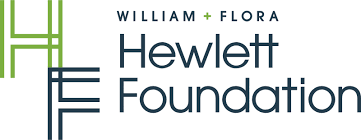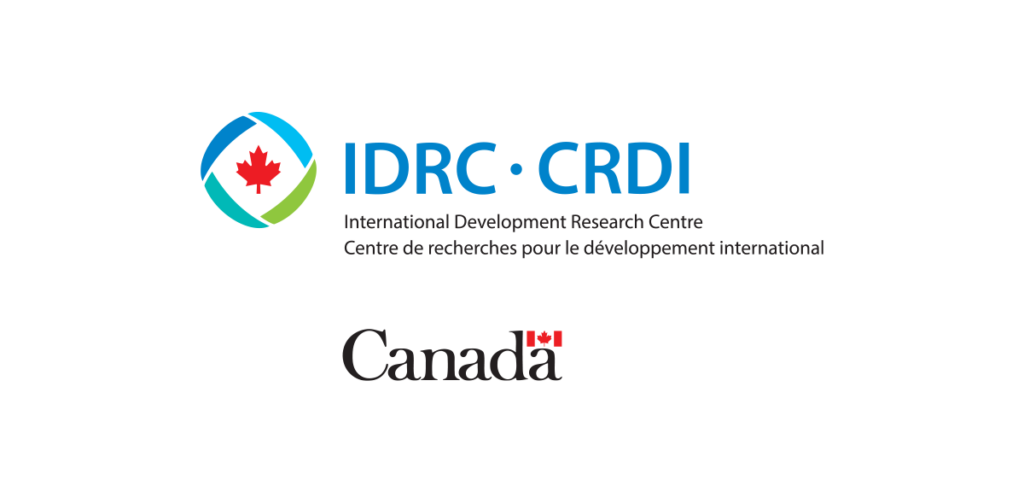« Ibrahima Hathie » The concept to leave no one behind (LNOB) is at the core of the 2030 Agenda for Sustainable Development. Paragraph 4 of the World Leaders’ Declaration adopted in September 2015 states: As we embark on this great collective journey, we pledge that no one will be left behind. Recognising that the dignity of the human person is fundamental, we wish to see the Goals and Targets met for all nations and peoples and for all segments of society. And we will endeavour to reach the furthest behind first (United Nations, 2015).
The LNOB concept encompasses individuals, groups, and countries. It underscores that no one should be left behind and highlights the need to achieve sustainable development for all nations, peoples, and segments of society. More importantly, the resolution insists that priority must be given to the most deprived.
The commitment of the UN member states to leave no one behind implies that they should take explicit measures to (i) end extreme poverty in all its forms and allow the left behind to catch up with those who have made progress; (ii) reduce the inequalities and vulnerabilities that undermine a person’s ability to escape poverty; and (iii) end group-based discrimination that leads to unequal outcomes for the marginalised (Organisation for Economic Co-operation and Development [OECD], 2018; Stuart & Samman, 2017).
Leaving no one behind, therefore means going beyond overall averages and ensuring that progress is made for all population groups on a disaggregated scale (United Nations Development Programme [UNDP], 2018). Since people often do not have the same capabilities to take advantage of opportunities, equality in terms of access and opportunity does not necessarily lead to equality in the outcome achieved (Sen, 1999). The better off generally possess assets, are well educated, and have access to social capital (Van Kesteren, Altaf, & de Weerd, 2019). Reducing inequalities implies an irredeemable move towards equal opportunities and equal outcomes for all (Fukuda-Parr & Hegstad, 2018).
The LNOB concept is intrinsically linked to social exclusion. According to De Haan (1999), social exclusion has two main characteristics. On the one hand, it is a multidimensional concept in the sense that people can be excluded in many areas of life, such as education, housing, employment, and citizenship. On the other hand, social exclusion involves a focus on social relations, processes, and institutions that cause deprivation. For example, a group of people may be excluded due to their identity or by landowners who prohibit access to land or habitat; political elites may exclude other groups based on legal rights; and labour markets may prevent categories of individuals from obtaining access to employment.
In assessing exclusionary processes, several authors (Addison, Harper, Prowse, Shepherd, Barrientos, Braunholtz-Speight, & Moore, 2008; Khan, Combaz, & McAslan Fraser, 2015; United Nations Sustainable Development Group [UNSDG], 2019) have pointed to five dimensions of exclusion: (i) social discrimination, (ii) spatial disadvantage; (iii) socio-economic status; (iv) limited citizenship; and (v) insecurity and shocks.
The concept of intersectionality helps us understand the multiple disadvantages that place several groups further behind and sometimes make them invisible. This is the case, for instance, when a group is located in a remote area, is of the lowest socio-economic status (income poor), and belongs to an ostracised minority (Khan et al., 2015; UNDP, 2018).
Poverty, inequality, and exclusion are closely linked to LNOB and are multidimensional. Indeed, most people who are socially excluded are poor (Hickey & Du Toit, 2007). Similarly, there are also many connections between group inequalities (or horizontal inequalities) and social exclusion (Khan et al., 2015; Stewart, 2004). Horizontal inequalities arise between culturally defined groups and are exacerbated when there is an overlap of cultural identities with inequalities in political, economic, and social dimensions (Stewart, 2004). In contrast, vertical inequality concerns inequality among individuals or households.
While there is extensive discussion on the implications of LNOB, we know little about what exclusion looks like at the country level. Therefore, the main aim of this analysis is to contribute to closing this gap. We will seek to answer two key research questions: (i) What does exclusion look like in a given country? (ii) What does it mean to be left behind?
This LNOB chapter will also look at the connections and interlinkages between three Goals: SDG 4 (quality education), SDG 7 (affordable and clean energy), SDG 8 (decent work and economic growth). For instance, the connections between education, employment, and clean energy can help identify left-behind groups that are often overlooked. Identifying those left behind at the country level and how they are excluded will further our understanding of the root causes of LNOB and will help design policies that address this issue. To illustrate the challenges, the chapter will refer to the six country case studies (Bolivia and Peru in Latin America; Ghana and Nigeria in Africa; and India and Sri Lanka in Asia) of the State of the SDGs initiative.
This chapter is divided into five sections. The next section presents the conceptual framework. It articulates how the concepts of extreme poverty, inequalities, and exclusion are interlinked to generate lasting unfavourable conditions within which certain groups of people are trapped. A taxonomy is proposed and serves as a tool to compare and contrast different LNOB approaches. Section 3 uses country studies to explore how LNOB is experienced in different settings and contexts. Section 4 analyses the set of policy responses proposed in each country case study and determines whether those responses are similar in different circumstances. The last section presents concluding remarks.





